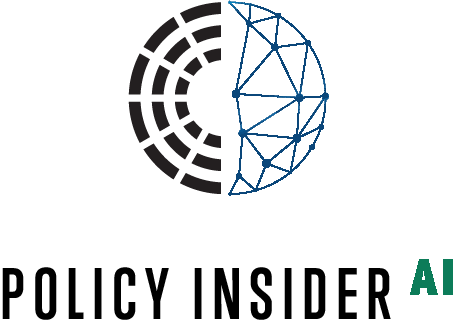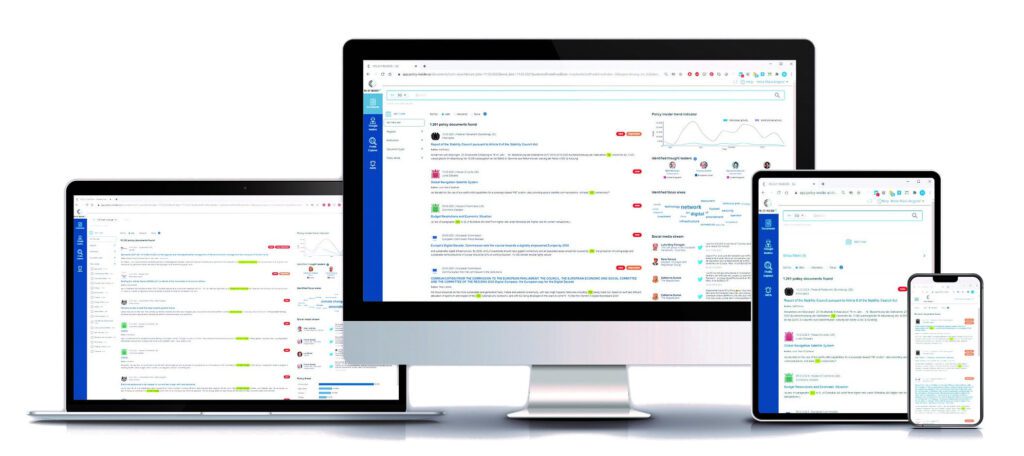In the realm of European environmental protection, the European Environment Agency (EEA) stands as a sentinel, safeguarding our natural world. With monitoring embedded in its DNA, the EEA ensures Europe treads a sustainable path. This piece delves into the EEA’s rich history, its primary functions, and its undoubted significance in the policy-making world.
The EU’s Executive Agencies
The European Union’s many executive agencies play a pivotal role in the implementation and management of specific EU programs, acting as a bridge between the European Commission and the citizens of member states. Unlike the main EU institutions, these agencies focus on specific technical, scientific, or managerial tasks, ensuring the efficient execution of EU policies.
Notable examples include:
- European Research Council Executive Agency (ERCEA), which supports top-tier research in various scientific fields;
- the Education, Audiovisual and Culture Executive Agency (EACEA), focusing on cultural and educational programs;
- the European Institute of Innovation and Technology (EIT), driving innovation across the EU;
- the European Environment Agency (EEA), monitoring Europe’s environment;
- the European Food Safety Authority (EFSA), ensuring food safety and nutrition;
- the European Medicines Agency (EMA), evaluating and monitoring medicinal products;
- the European Chemicals Agency (ECHA), responsible for the EU’s chemical legislation. Together, these agencies enhance the EU’s operational capacity without inflating its bureaucracy.
EEA’s Genesis: A Green Awakening
Founded in 1990, the EEA was Europe’s clarion call to prioritize and protect its diverse ecosystems. Born out of increasing environmental concerns, the agency’s establishment underscored the EU’s commitment to a greener, more sustainable future.
EEA in Action: Role and Monitoring Endeavors
- Environmental Surveillance & Monitoring: At the core of EEA’s operations lies its commitment to continuous environmental monitoring. This vigilant surveillance ensures that Europe remains aware of and responsive to environmental shifts and challenges.
- Data Compilation: Through meticulous data collection, the EEA pools together crucial environmental information from member countries. This data aids in early detection of potential environmental threats.
- Informative Outreach: Bridging science and society, the EEA ensures that both policymakers and the public are well-informed about Europe’s environmental status.
EEA’s Influence: Crafting Green Policies
The EEA’s insights and findings don’t just gather dust; they actively shape European environmental policies. Policymakers frequently turn to the agency for guidance on a range of issues, from climate change mitigation to biodiversity preservation. Hence, the EEA plays an instrumental role in crafting policies that resonate with the continent’s environmental aspirations.
The Imperative of Monitoring the EEA: A Gaze from Public Affairs
Through a public affairs lens, monitoring the EEA emerges as a vital task. Such oversight allows diverse stakeholders – be it businesses, environmental groups, or concerned citizens – to engage with and understand the agency’s decisions. This proactive engagement ensures that the EEA remains transparent, accountable, and that its decisions reflect the broader public interest. In turn, it fosters a collaborative spirit, where public affairs professionals can contribute to the discourse and champion environmental causes more effectively.
Start monitoring the EEA with Policy-Insider.AI
– three days free –
Member States’ Environmental Institutions: Local Guardians of Nature
Each EU member state boasts its own environmental institution, working in tandem with the EEA to ensure regional alignment with broader European goals. Here’s a selected list of some of these vital agencies:
- Germany – Umweltbundesamt (UBA): www.umweltbundesamt.de
- France – Agence de la transition écologique (ADEME): www.ademe.fr
- Italy – Istituto Superiore per la Protezione e la Ricerca Ambientale (ISPRA): www.isprambiente.gov.it
- Netherlands – Rijksinstituut voor Volksgezondheid en Milieu (RIVM): www.rivm.nl
- Poland – Chief Inspectorate of Environmental Protection (GIOŚ): www.gios.gov.pl
- Sweden – Swedish Environmental Protection Agency (Naturvårdsverket): www.naturvardsverket.se
- United Kingdom – Department for Environment, Food & Rural Affairs (DEFRA): www.gov.uk/government/organisations/department-for-environment-food-rural-affairs
In Summation #TLDR
The European Environment Agency (EEA) is more than just an institution; it’s Europe’s environmental conscience. With its unwavering commitment to monitoring, the EEA ensures that Europe remains at the forefront of global environmental stewardship. As we navigate an era marked by environmental challenges, the EEA’s role in guiding policy and promoting sustainability becomes all the more paramount.



